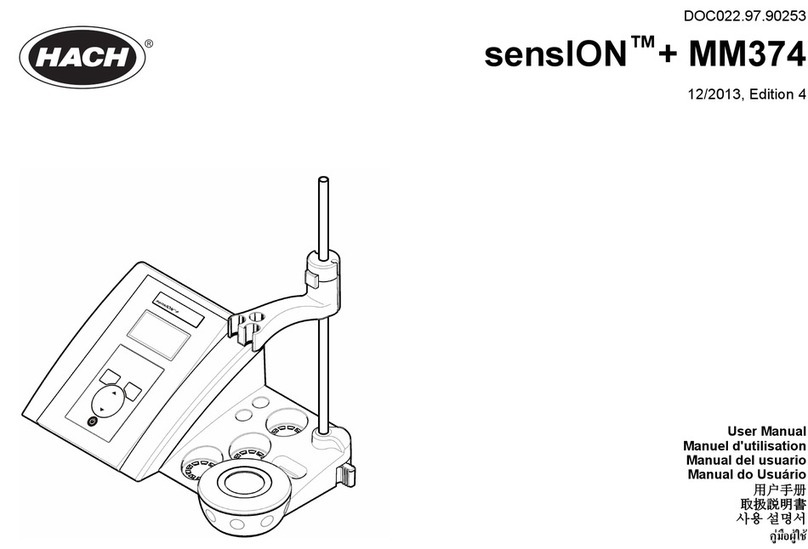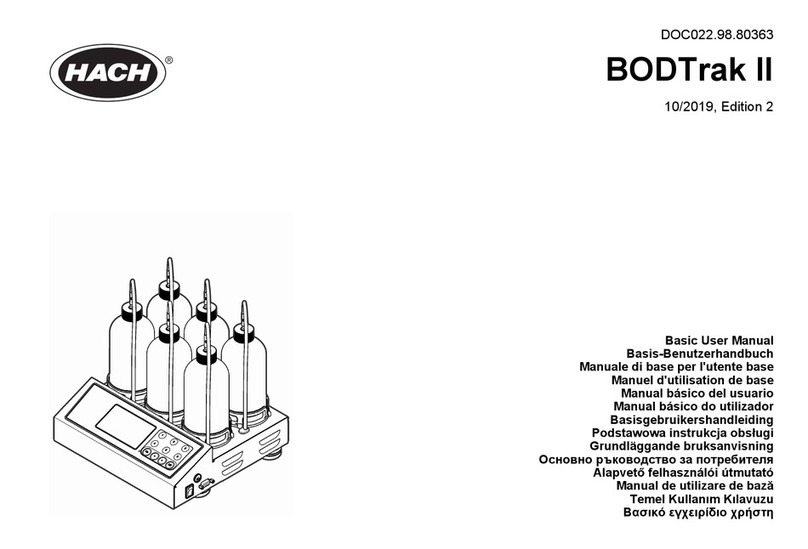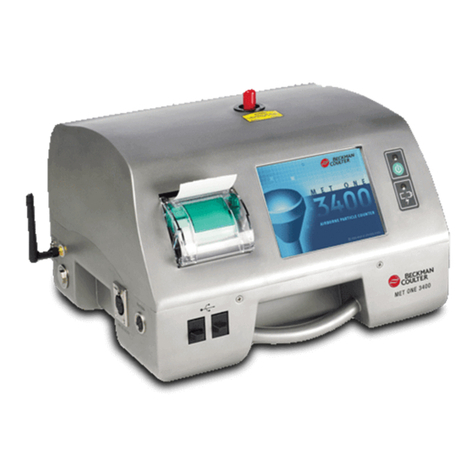Hach ISEF121 Series User manual
Other Hach Laboratory Equipment manuals
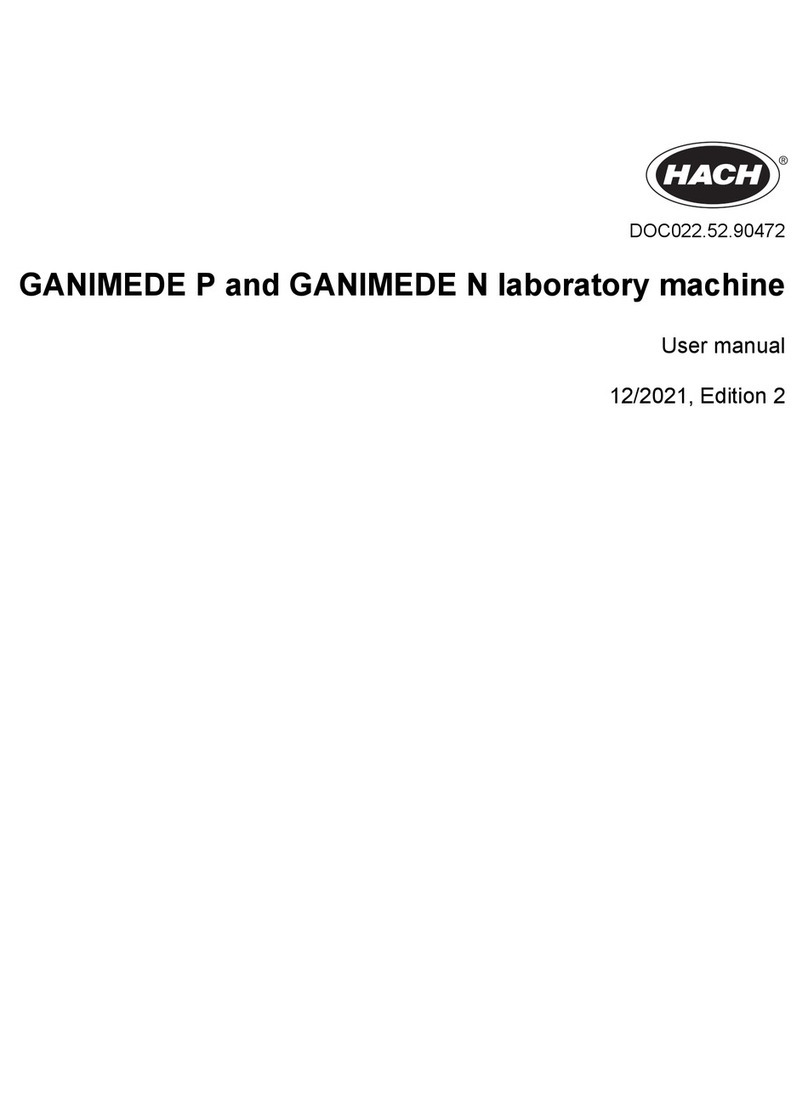
Hach
Hach GANIMEDE P User manual
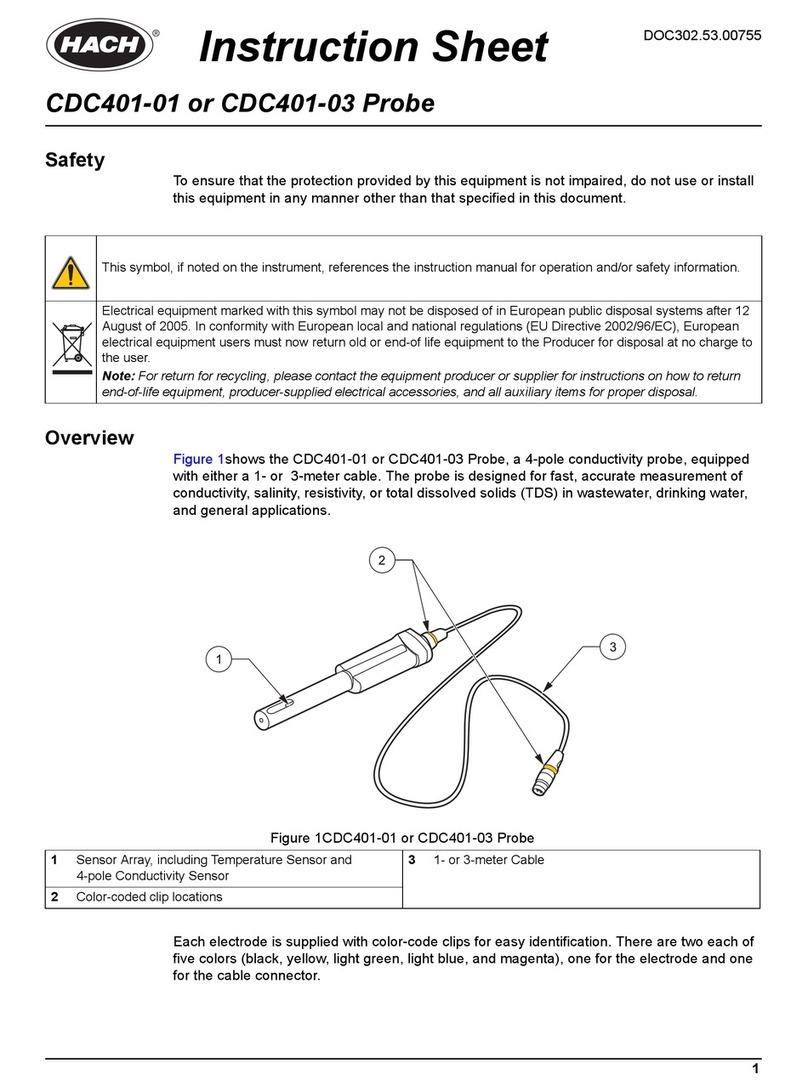
Hach
Hach CDC401-01 User manual
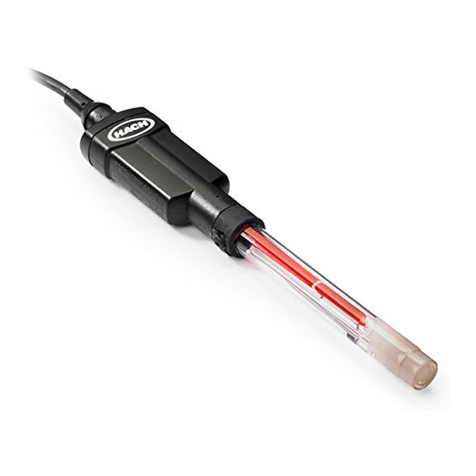
Hach
Hach PHC729 User manual
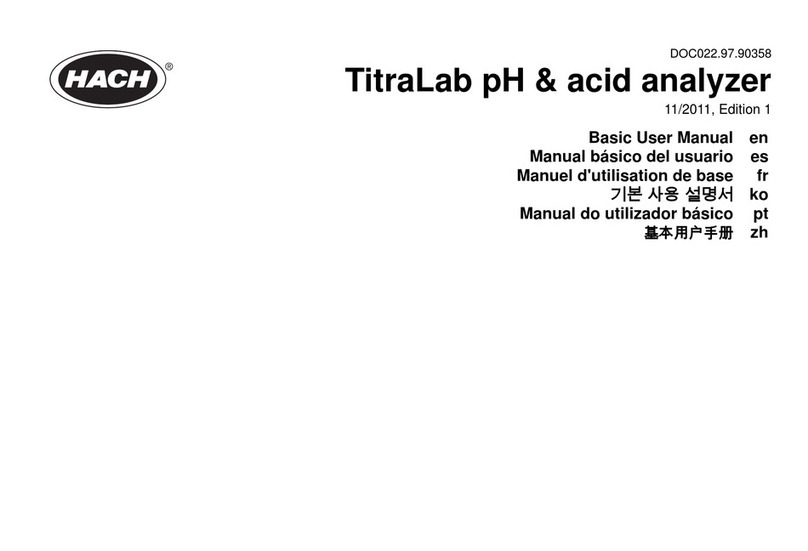
Hach
Hach TitraLab Quick manual
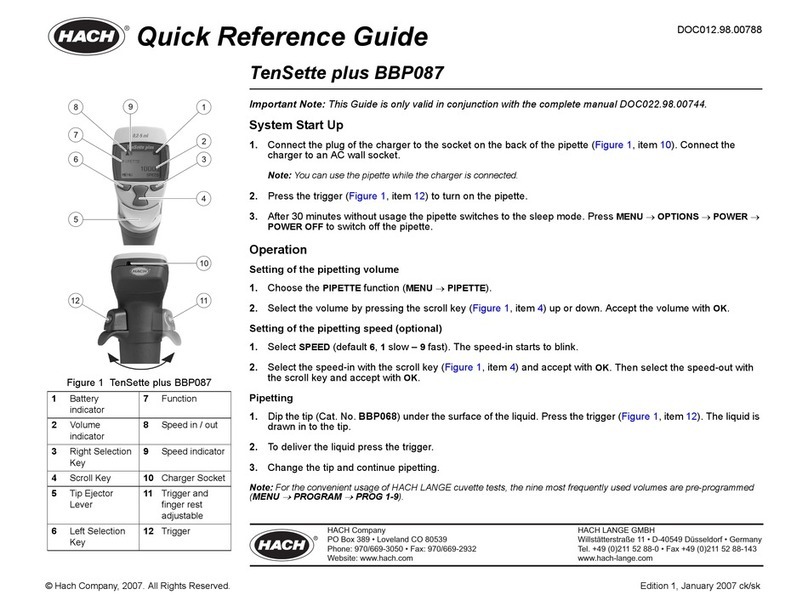
Hach
Hach TenSette plus BBP087 User manual

Hach
Hach PHOSPHAX sc LR User manual
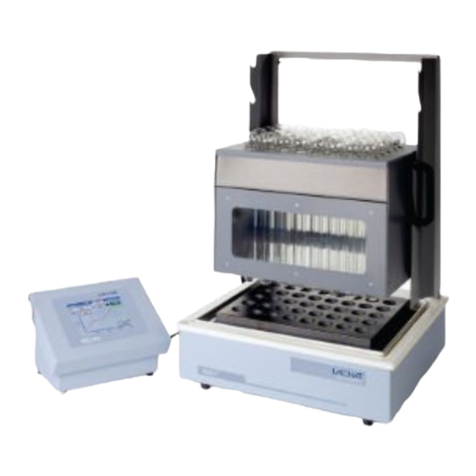
Hach
Hach Lachat BD40HT User manual

Hach
Hach DR 6000 Quick manual
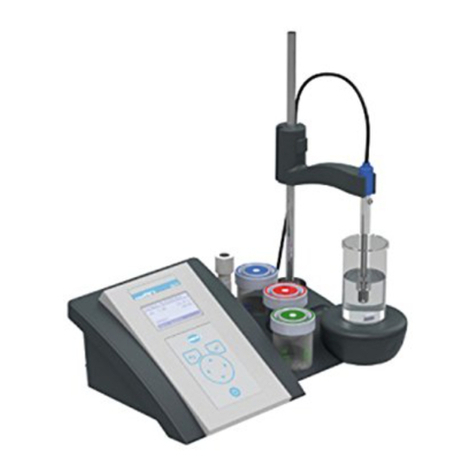
Hach
Hach sensION+ EC7 User manual
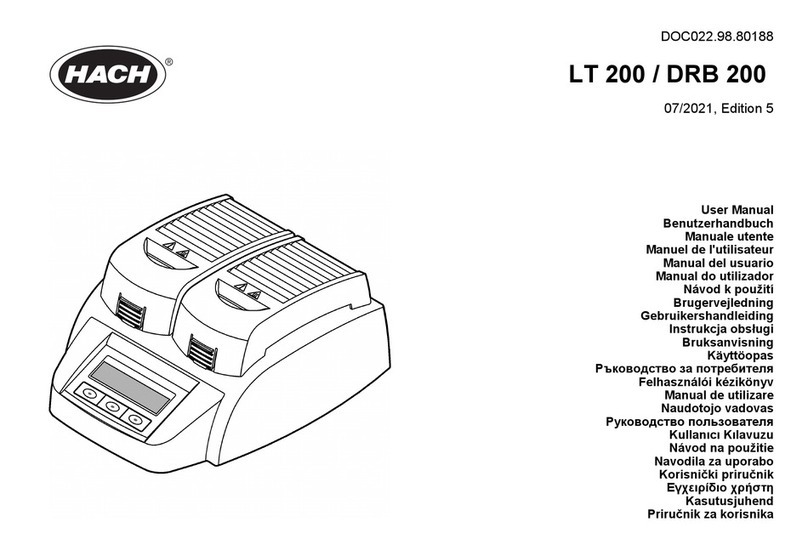
Hach
Hach LT 200 User manual
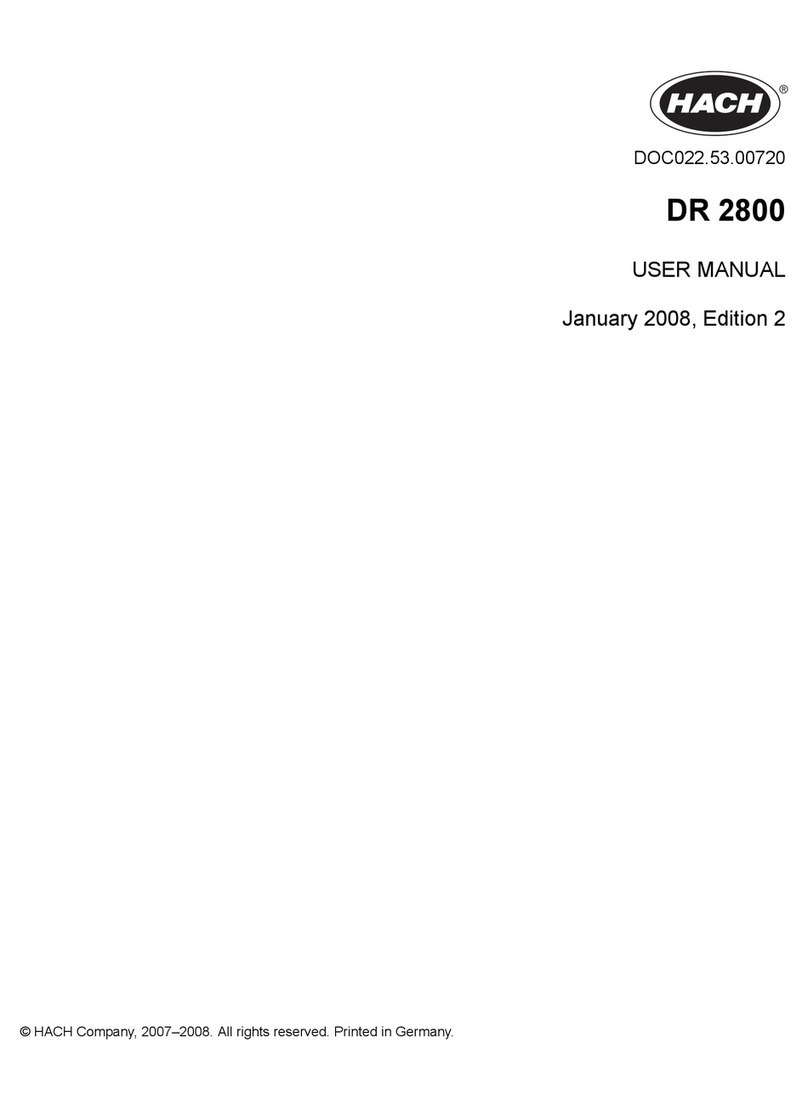
Hach
Hach Portable Spectrophotometer DR 2800 User manual

Hach
Hach sension ph31 User manual
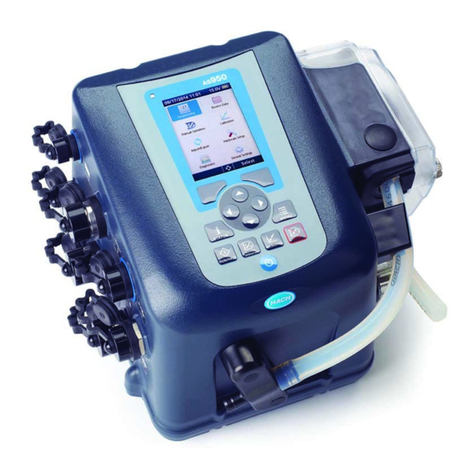
Hach
Hach AS950 AWRS Instruction Manual
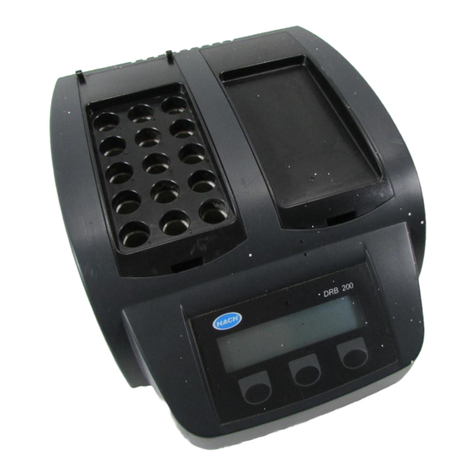
Hach
Hach DRB 200 User manual
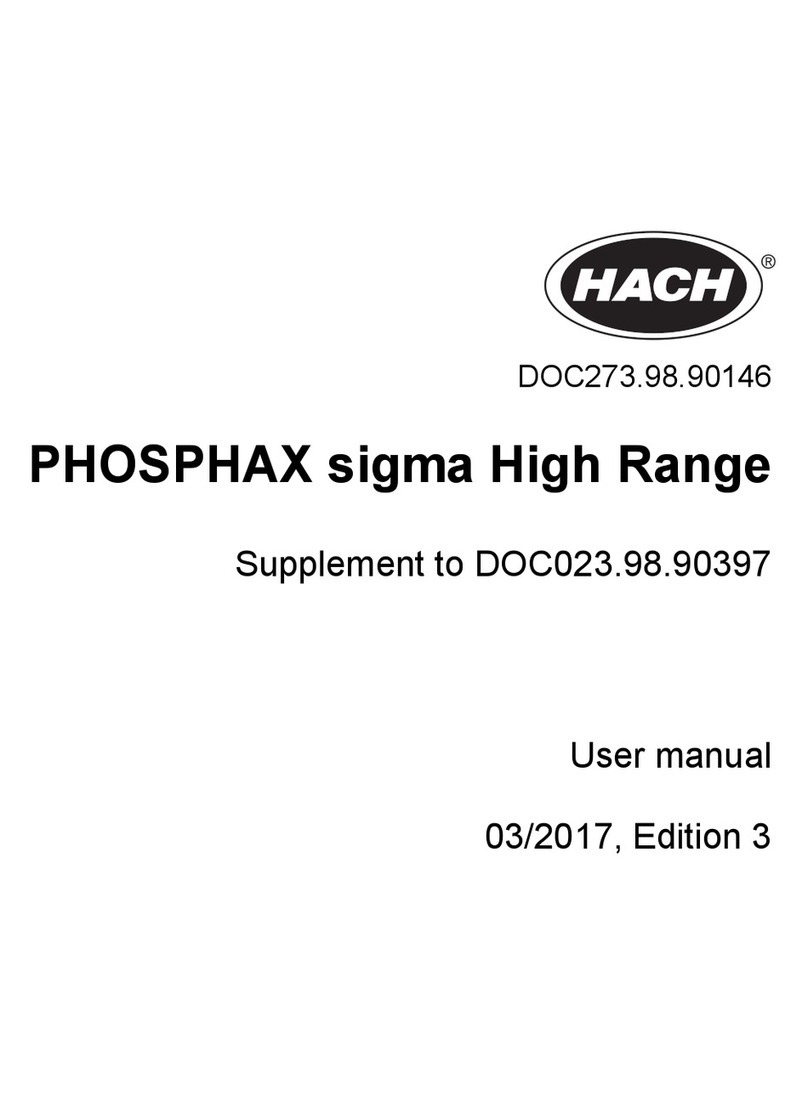
Hach
Hach PHOSPHAX sigma High Range User manual
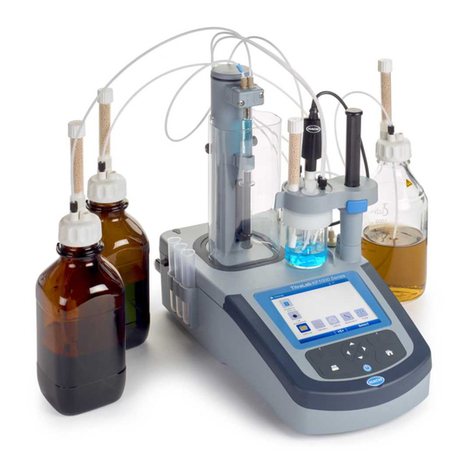
Hach
Hach TitraLab KF1000 Series Quick manual
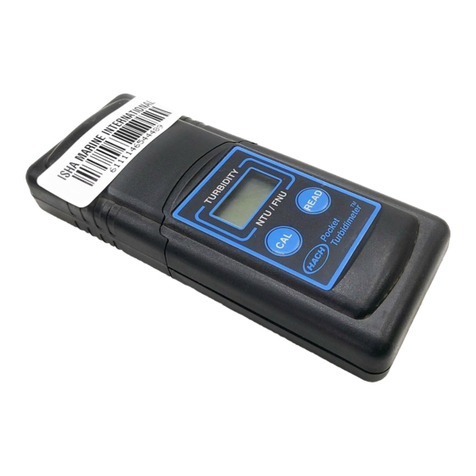
Hach
Hach POCKET TURBIDIMETER User manual

Hach
Hach ISENH4181 User manual

Hach
Hach HQ440d User manual
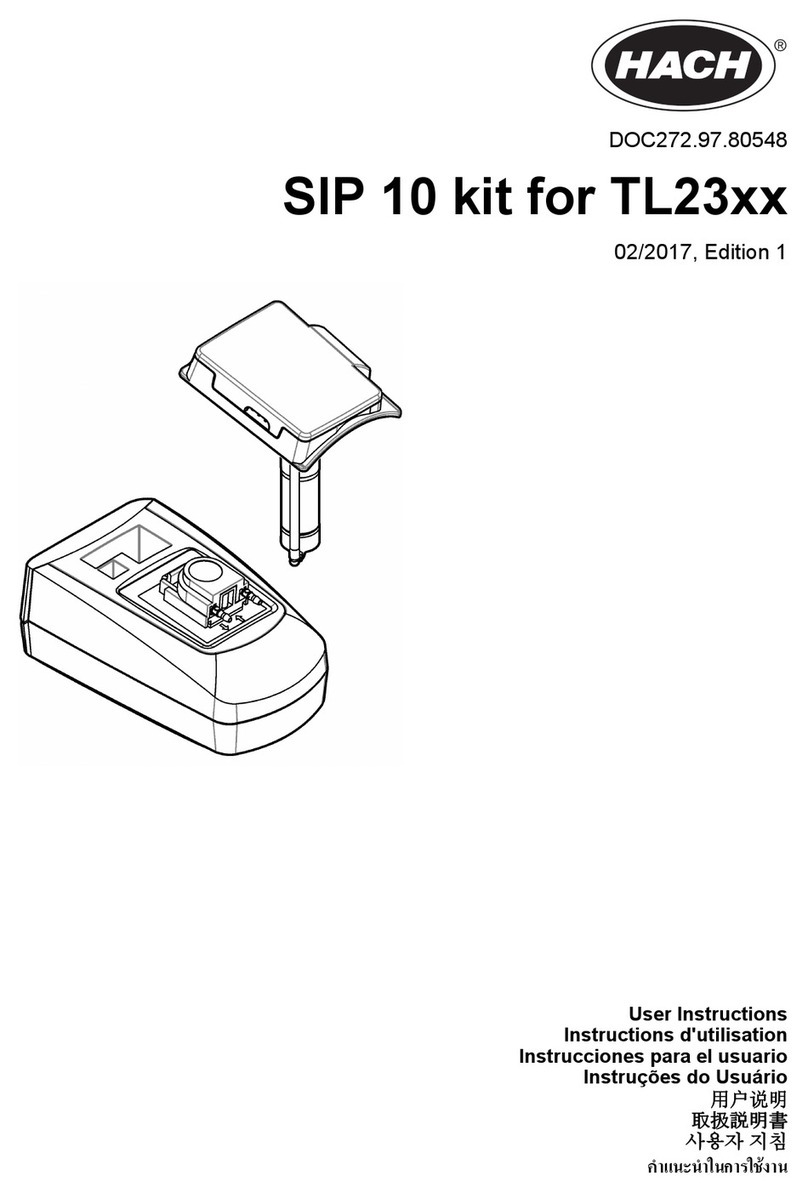
Hach
Hach SIP 10 kit User manual
Popular Laboratory Equipment manuals by other brands

Agilent Technologies
Agilent Technologies 5800 ICP-OES user guide

Endress+Hauser
Endress+Hauser Cleanfit CPA875 operating instructions

NI
NI PXI-5422 CALIBRATION PROCEDURE

Collomix
Collomix Aqix operating instructions

SPEX SamplePrep
SPEX SamplePrep 6875 Freezer/Mill Series operating manual

Ocean Insight
Ocean Insight FLAME-NIR+ Installation and operation manual

Parker
Parker ALIGN-MG-NA Installation, operation and maintenance manual

BD
BD 644787 user guide

DENTAURUM
DENTAURUM Compact Megaplus Instructions for use

Biuged Laboratory Instruments
Biuged Laboratory Instruments BGD 626 instruction manual

VWR
VWR SAS Super IAQ instruction manual

illumina
illumina MiSeqDx reference guide
